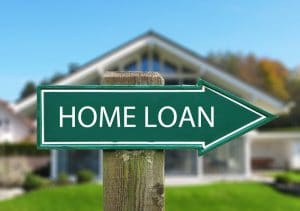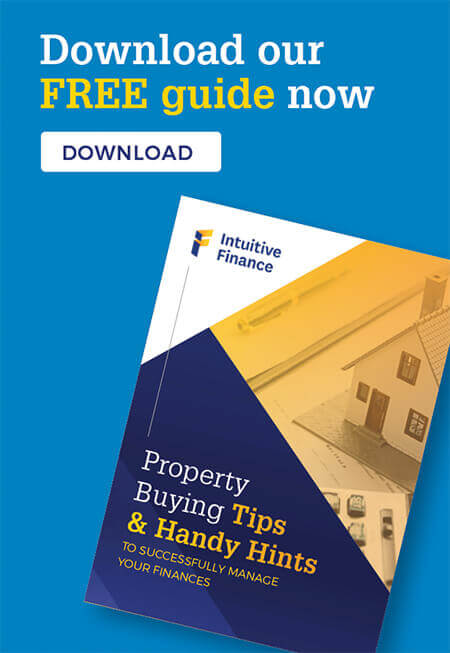The Victorian Government has taken up the father Christmas mantle and handed out early gifts to the property and construction sectors in in a bid to foster employment and claw back some of the 30,000 jobs lost to COVID.
However, even if you don’t live in Melbourne, the budget is good news and here’s why.
A Victorian recovery is a national recovery
Victoria accounts for about a quarter of Australia’s annual economic output and in the past few years, Greater Melbourne has been a major driver of growth for the national economy.
In 2018-19 Melbourne’s economy grew by a stunning four per cent, the fastest of all capital cities. Compare this with its nearest rivals – Brisbane grew 2.75 per cent while Sydney added just 2.6 per cent – and it’s clear what a standout result this is. Melbourne contributed almost 40 per cent to national GDP growth in 2018-19, (compared with Sydney’s 32.9 per cent) which was the largest contribution of any Australian region.
When Premier Daniel Andrews put the Victorian economy on ice – the second largest state economy in Australia – he threw a ball and chain around the national economy and created significant drag.
To put it simply, without a Melbourne recovery, there can be no national recovery.

What’s on offer
So, it was with much anticipation that many of us tuned in to see the most important budget of Victorian Treasurer Tim Pallas’s career.
Significant property-boosting measures were announced as part of a suite of packages that will cost the Andrews Government a breathtaking $49 billion in the next four years as they hope to create a whopping 400,000 jobs – half of them by 2022.
Stamp duty: Stimulus packages targeting the property sector are costing more than $290 million and have included major stamp duty discounts – up to 50 per cent discount on newly built homes valued at less than $1 million and a 25 per cent discount for existing homes valued at less than $1 million. This is an improvement over previous concessions which stopped at $750,000.
First homebuyers still remain eligible for stamp duty concessions as previously advised. For first timers you can purchase a property – new or existing – up to $600,000 and enjoy NIL stamp duty and then this steps in and is tired up to $700,000.
If you are a fortunate 1st time buyer that can afford more the $700,000 as your 1st purchase, then sorry but full stamp duty applies to you (other than the discounts announced now above).
Land tax: Land tax relief is also on offer. The state will allow a 50 per cent land tax discount for eligible ‘build-to-rent’ developments including an exemption from the absentee owner surcharge, until January 1, 2040. A land tax exemption for land owned and occupied by not-for-profit clubs that provide for the social, cultural, recreational, literary or educational interests of their members will also be allowed for the 2021 land tax year.
Construction will benefit with $5.3 billion being spent on social housing, a move that has received bipartisan support for its social benefits to the almost 100,000 on waiting lists for affordable housing.
Payroll tax: The government hopes to stimulate job growth with a raft of measures that include payroll tax relief, wage subsidies for women and young people (two groups that have borne the brunt of the job losses since the pandemic began). The State will allow a payroll tax credit for businesses with payrolls less than AUD 10 million whose Victorian taxable wages increase in 2020-21 and 2021-22. This will apply to the 2020-21 and 2021-22 payroll tax years.
Jobs and training: The government has also recognised that while old jobs may no longer exist, Victorians will need to re-train to seize the opportunities presented by the new jobs. They have invested $1 billion in TAFE to help Victorians gain new skills for employment along with a range of other training benefits on offer.
For a full list of all the government initiatives around jobs, you can see this here:- https://www.budget.vic.gov.au/our-plan-glance
Will these measures work?
CoreLogic head of research Tim Lawless has reported that the stamp duty measures will impact a vast swathe of properties – 70 per cent of Melbourne houses that changed hands this year have sold for less than $1 million and 90 per cent of Melbourne units with a sold sticker out the front have sold for less than $1 million.
The number rises when you move out into regional Victoria with 96 per cent of properties settling for less than $1 million.
So, this is a measure that will assist thousands of property buyers and sellers, with savings of up to $27,500 per transaction helping buyers and sellers make that decision to move.
The Grattan Institute agrees that stamp duty discounts will stimulate the economy through an invigorated real estate market, however, cautions that there is a risk this activity will drive up prices and exacerbate affordability issues.
The government has also extended the $20,000 first homeowner grant for regional Victorians.
As Treasurer Tim Pallas said, these measures are “designed to get Victorians back into property” and drive a significant part of the economic recovery.
Historically, these tools have a history of success in stimulating activity in the real estate sector and contributing to a market-led recovery. There is every reason to be optimistic that once the engine-room of the economy – construction and real estate – get moving again that we will see a strong recovery both in Victoria and more broadly in the national economy.
Ultimately, if Victorians are able to secure a home aka “The Great Australian Dream” that assist with the wealth effect and also have safe and secure employment, then the economy, consumer confidence and spending as well as the housing markets will quickly rebound.
Between Mr Andrews and Mr Morrison at both State and Federal level, the message is clear “Jobs, Jobs, Jobs” and with comes recovery.
If the early signs in the housing market rebound are anything to go by then our leaders have it right!
- Don’t hold your breath for a rate cut (but we also won’t see any further increases in 2024) - February 1, 2024
- Is Victoria’s housing supply about to get better – or worse? - November 20, 2023
- How to avoid a Christmas financial hangover - November 15, 2023









